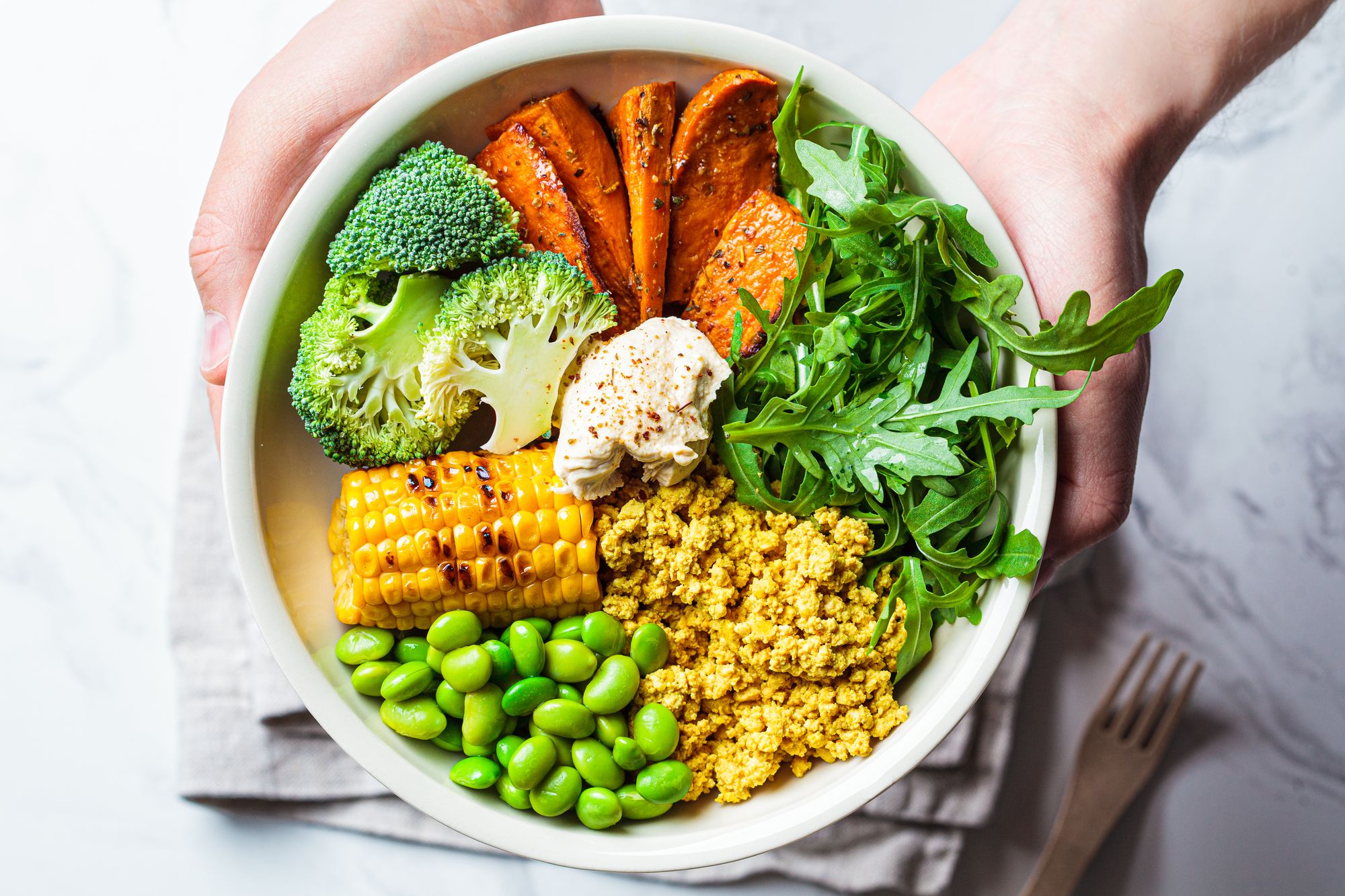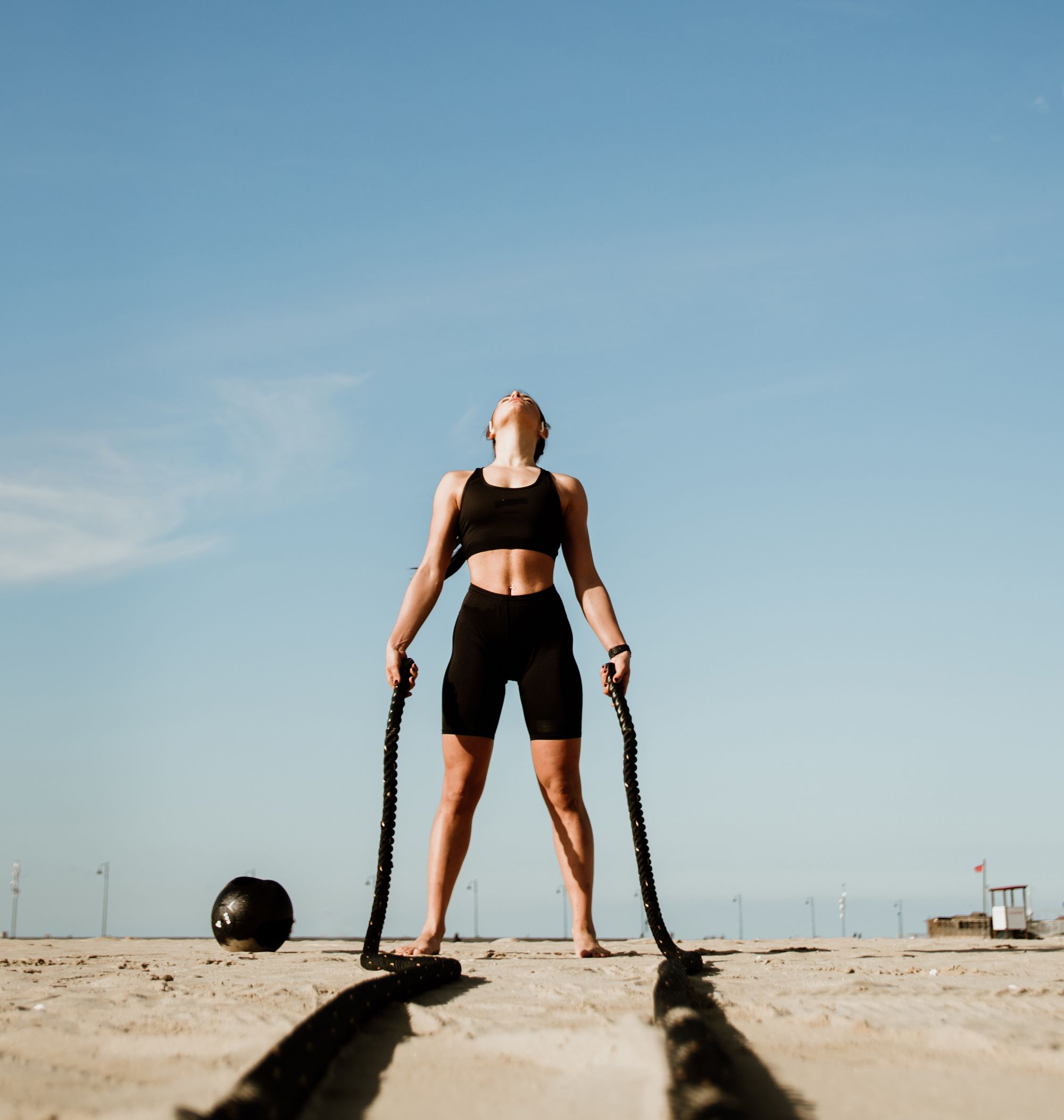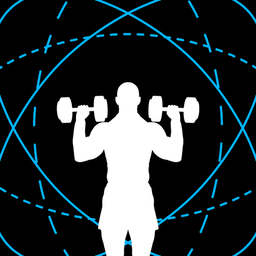How to Create and Stick to a Calorie Deficit (Sane Version)
Out goes your a.m. focaccia bread. Bye-bye afternoon cookies. So long, onion rings. Must a calorie deficit feel like pure misery? Absolutely not.

“On a diet! Please help yourself!”
My eyes went round at the overflowing box of instant noodles, potato chips, and random snacks galore. Someone in the neighborhood decided they needed to be in a calorie deficit like now, which meant this “treasure trove” was finders keepers.
In case you’re wondering, yes, I took it home (after inspecting the expiry dates and the presence of bed bugs). 🤷♀️ They were free! And in perfectly fine condition!
Oh, right, there’s a point to this story. This whole saga made me think of the usual extreme lengths people go to when trying to achieve a calorie deficit — and how, most of the time, it’s more unhelpful than helpful.
So, below, find out how to approach creating and sticking to a calorie deficit in a sane, non-fk-this-shit-I-give-up-after-4-weeks way. (*pointed glance*)
#1: Build your diet around minimally processed foods
When trying to create a calorie deficit, it’s only natural for your mind to jump into elimination mode (case in point: that someone in my neighborhood).
You cut out your usual:
- Morning square of rosemary garlic focaccia bread
- Afternoon pick-me-up cookies and
- Dinner side of golden-brown onion rings
Which, sure, cuts out a whole lot of calories from your diet, but also joy.
Not to mention, you’d probably end up with a soul-crushing hunger level that’d keep you up all night until you fed your stomach what it wanted (usually all the foods you’ve denied the little monster in the day; it remembers).
So, what’s the solution? Answer: think of addition instead of elimination.
Add whole, minimally processed, nutrient-dense foods to your diet. For example, if you whipped up chicken soup with caramelized ginger + rice noodles (get the recipe here) for lunch, you’d likely:
*And even if you were to eat them, you’d eat a smaller portion. Still a “W” on all accounts.
Note: this 2022 study published in Nutrients finds that simply increasing your intake of unprocessed/minimally processed foods by 25% (that’s not a lot!) is enough to lower your calorie consumption.
#2: Try not to drink your calories
How quickly does it take for you to slurp down a large cup of Coca-Cola®?
A minute? Two minutes? BAM — that’s 290 calories. For reference, that’s roughly equivalent to the number of calories you’d get from:
- 180 grams of chicken breast
- 4 slices of white bread
- A shit-ton of strawberries (We’re talking, like, 900 whopping grams)
Yeah. So, imagine if you drank several sugary, calorie-packed beverages in a day.
Your calorie consumption would be through the roof, and the worst thing is you probably wouldn’t even feel satiated from them.
A 2020 meta-analysis published in Nature investigating how food texture influences satiety (unsurprisingly) found that semi-solids and solids have a greater satiating effect than liquids.

But what if you find it strange not to pair a meal with a drink?
Well, here are a few tips:
*Disclaimer: many low-calorie and/or no-calorie drink options are made with non-nutritive sweeteners, such as stevia and sugar alcohols, whose long-term safety profile remains unknown.
There are concerns about adverse metabolic effects and cardiovascular risks based on observational studies.
More research is needed to tease out whether any direct cause-and-effect relationship exists between non-nutritive sweeteners and adverse health outcomes.
But before we have that, the best thing you can do is review the current scientific literature and then decide whether you’re comfortable with the risk.
There’s really no right or wrong here.
#3: Don’t forget to move
What’s the definition of a calorie deficit?
It’s when your Calories In < Calories Out.
Most people get so hung up on minimizing the “Calories In” bit of the equation that they forget they have control over the “Calories Out” side, too.
This is a shame because the more you move (up to a reasonable, sane point, of course), the more breathing room you get with your calorie intake. So, how much should you move? In general:



“Help, I’m in a calorie deficit, but I’m not losing weight!”
Sorry to say, but that’s physiologically impossible.
If you’re truly in a calorie deficit (i.e., eating fewer calories than your body burns), you will lose weight. This means the only logical and possible explanation for why those numbers on the scale haven’t budged is this:
You’re not in a calorie deficit.
If you’ve diligently applied all the steps outlined in this article, you’re likely closer to being in a calorie deficit than before.
But they cannot guarantee or promise that you’ll actually be in a calorie deficit.
For that, you’ll need to calculate your calorie requirements (i.e., TDEE) and then count your calories; that’s the only way you can know, for sure, whether you’re in a calorie deficit.
“Sounds like a mighty hassle.” — TBH, that’s what most people think when faced with the idea of manually writing down everything they eat and drink, individually searching up their calorie content, and then tallying it all up at the end of the day.
But what if there was an easier, frictionless way?
Where you could simply type in the food/drink, and everything, from calorie to macronutrient count, gets populated right away? Because that’s what you get with GymStreak.
And more.
GymStreak is an AI-powered personal trainer app that goes beyond nutrition tracking; it also offers personalized training plans tailored to your fitness goals, lifting experience, and preferences.
Check it out here:
Workout Programming + Nutrition Tracking, Off Your Hands
*sigh of relief* We'll guide you through it all — step-by-step. Just download the app, and you'll be making progress toward your dream body like never before.
References
“Bed Bugs Aren’t Just a Problem In Paris. Here’s Why.” TIME, 11 Oct. 2023, https://time.com/6322485/bed-bugs-paris-other-cities/.
Coke at McDonald’s: Coca-Cola® | McDonald’s. https://www.mcdonalds.com/us/en-us/product/coca-cola-small.html. Accessed 23 Feb. 2024.
Debras, Charlotte, et al. “Artificial Sweeteners and Risk of Cardiovascular Diseases: Results from the Prospective NutriNet-Santé Cohort.” BMJ, vol. 378, Sept. 2022, p. e071204. www.bmj.com, https://doi.org/10.1136/bmj-2022-071204.
Diet Coke®: Fountain Drink | McDonald’s. https://www.mcdonalds.com/us/en-us/product/diet-coke-small.html. Accessed 23 Feb. 2024.
FoodData Central. https://fdc.nal.usda.gov/fdc-app.html#/food-details/171477/nutrients. Accessed 23 Feb. 2024.
---. https://fdc.nal.usda.gov/fdc-app.html#/food-details/174924/nutrients. Accessed 23 Feb. 2024.
---. https://fdc.nal.usda.gov/fdc-app.html#/food-details/167762/nutrients. Accessed 23 Feb. 2024.
Grannell, Andrew, et al. “The Influence of Skeletal Muscle on Appetite Regulation.” Expert Review of Endocrinology & Metabolism, vol. 14, no. 4, July 2019, pp. 267–82. PubMed, https://doi.org/10.1080/17446651.2019.1618185.
Habibi, Nahal, et al. “Modelling the Impact of Reducing Ultra-Processed Foods Based on the NOVA Classification in Australian Women of Reproductive Age.” Nutrients, vol. 14, no. 7, Apr. 2022, p. 1518. PubMed Central, https://doi.org/10.3390/nu14071518.
“How Much Exercise Do You Really Need?” Mayo Clinic, https://www.mayoclinic.org/healthy-lifestyle/fitness/expert-answers/exercise/faq-20057916. Accessed 23 Feb. 2024.
Shum, Betty, and Senta Georgia. “The Effects of Non-Nutritive Sweetener Consumption in the Pediatric Populations: What We Know, What We Don’t, and What We Need to Learn.” Frontiers in Endocrinology, vol. 12, 2021. Frontiers, https://www.frontiersin.org/journals/endocrinology/articles/10.3389/fendo.2021.625415.
Stribiţcaia, Ecaterina, et al. “Food Texture Influences on Satiety: Systematic Review and Meta-Analysis.” Scientific Reports, vol. 10, no. 1, 1, July 2020, p. 12929. www.nature.com, https://doi.org/10.1038/s41598-020-69504-y.


